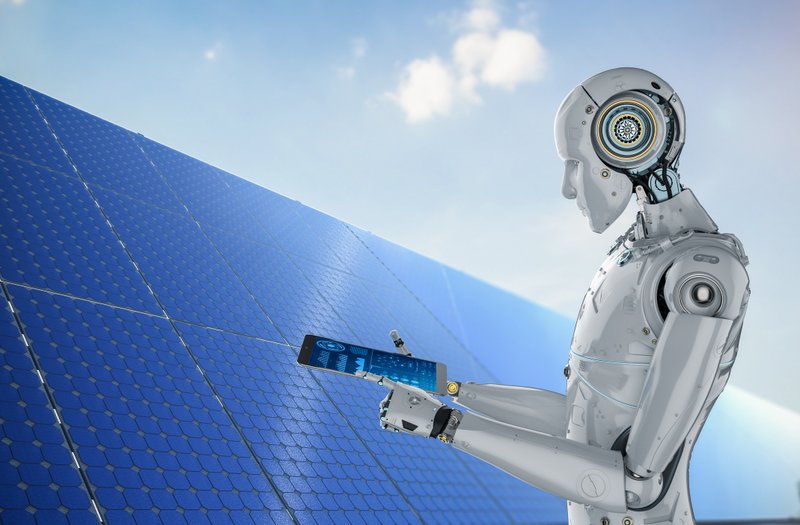Why AI-Powered Solar Monitoring Is a Game Changer in 2025
Solar energy providers are entering a new era of performance and precision, thanks to artificial intelligence. In 2025, integrating AI into solar monitoring is no longer a futuristic idea; it’s the key to reducing downtime by up to 30%, predicting 85% of system faults, and boosting energy output by as much as 25%.
This shift from reactive monitoring to predictive intelligence is transforming the solar industry, increasing profitability, reliability, and operational efficiency across installations of all sizes.

The Problem with Traditional Monitoring Systems
Conventional solar monitoring systems typically alert you after something has gone wrong. By the time a fault is flagged, you’ve already lost valuable production time and revenue.
This reactive approach leads to:
- Increased system downtime
- Higher maintenance costs
- Unreliable energy output
- Missed performance optimization opportunities
Enter AI - A Predictive Game Changer
AI-powered monitoring flips the script. Instead of responding to failures, these systems predict them before they happen, using intelligent algorithms to detect subtle performance anomalies invisible to human operators.
These AI tools:
Continuously analyze real-time and historical performance data
Detect early signs of component degradation
Trigger alerts for pre-emptive maintenance
Suggest real-time adjustments to boost performance
Case Study: Commercial Solar Farm Success
A large commercial solar installation adopted AI monitoring and reported:
70% reduction in breakdown incidents
25% lower maintenance costs
14 days of prevented downtime in just one year
The system detected micro-level inverters' performance drops before failure, allowing for timely intervention and uninterrupted energy generation.
How AI Reduces Downtime in Solar Systems
Downtime is one of the biggest threats to solar ROI. AI addresses this by:
Identifying weak spots in real-time
Sending predictive alerts for upcoming failures
Scheduling maintenance before a shutdown occurs
Reducing emergency repairs and on-site inspections
Maximizing Output Through Real-Time Optimization
AI not only prevents issues — it actively improves system performance by:
Adjusting panel angles and inverter settings automatically
Monitoring environmental factors like sunlight, temperature, and dust
Optimizing every variable that affects output
Increasing efficiency by 10–15% and energy utilization by 15–20%
Key Benefits of AI-Powered Solar Monitoring
✅ Real-Time Optimization
Monitors panels and inverters live, correcting inefficiencies instantly.
✅ Predictive Maintenance
Anticipates faults and schedules maintenance, reducing repair costs and system failures.
✅ Enhanced Efficiency
Improves performance by analyzing weather, irradiance, and grid demand data.
✅ Cost Savings
Fewer system failures = lower O&M costs and longer equipment lifespan.
✅ Remote Monitoring & Automation
Manage large-scale installations from anywhere — no need for frequent site visits.
Conclusion: AI Is the Future of Reliable Solar Energy
As solar capacity is projected to grow by 34% in 2025, providers must seek scalable, intelligent solutions to stay competitive. AI-powered solar monitoring offers that edge — with higher uptime, greater efficiency, and lower operational costs.
Companies that invest in AI now will not only future-proof their energy systems but also lead the way in smart, sustainable solar innovation.

It’s Very Informative!